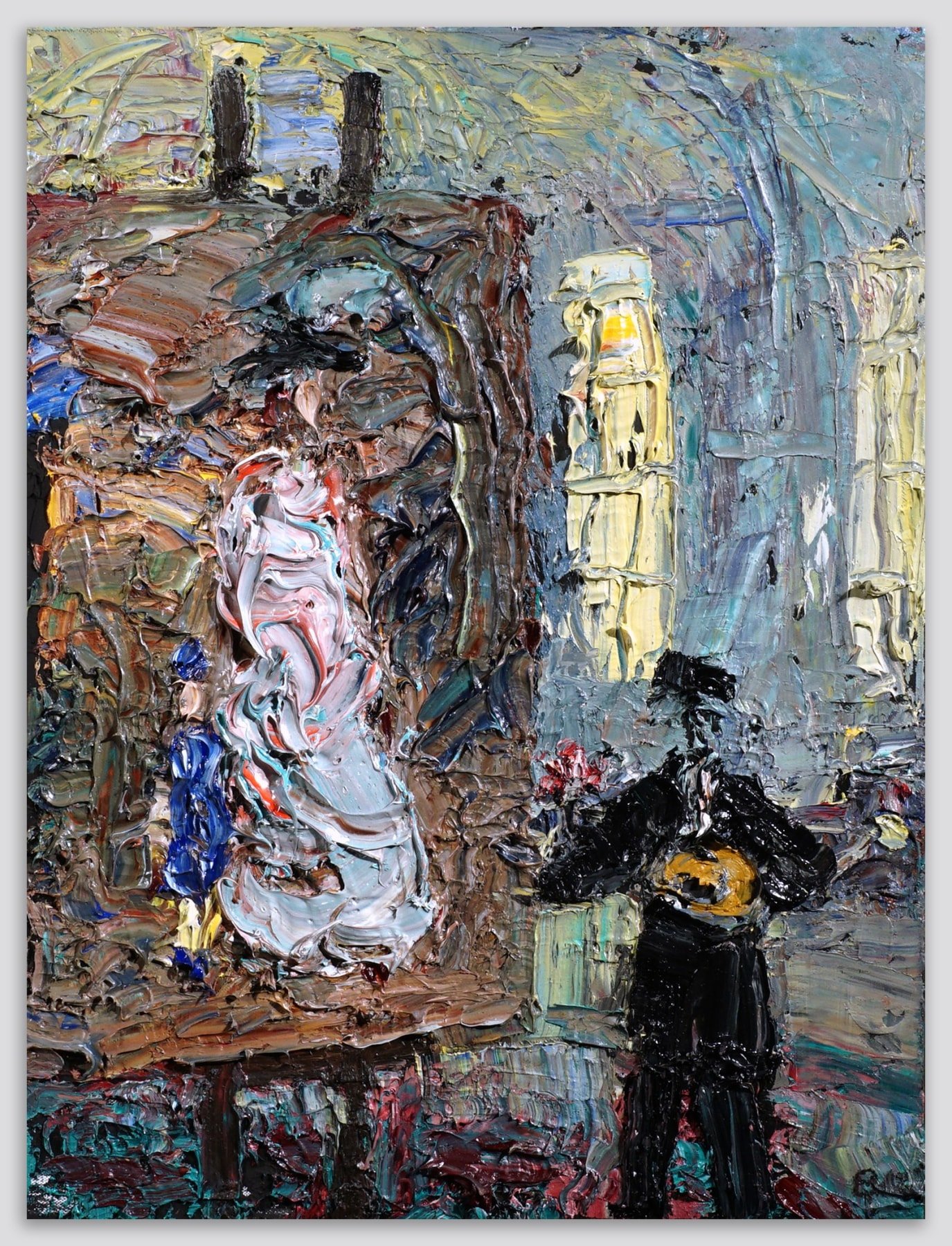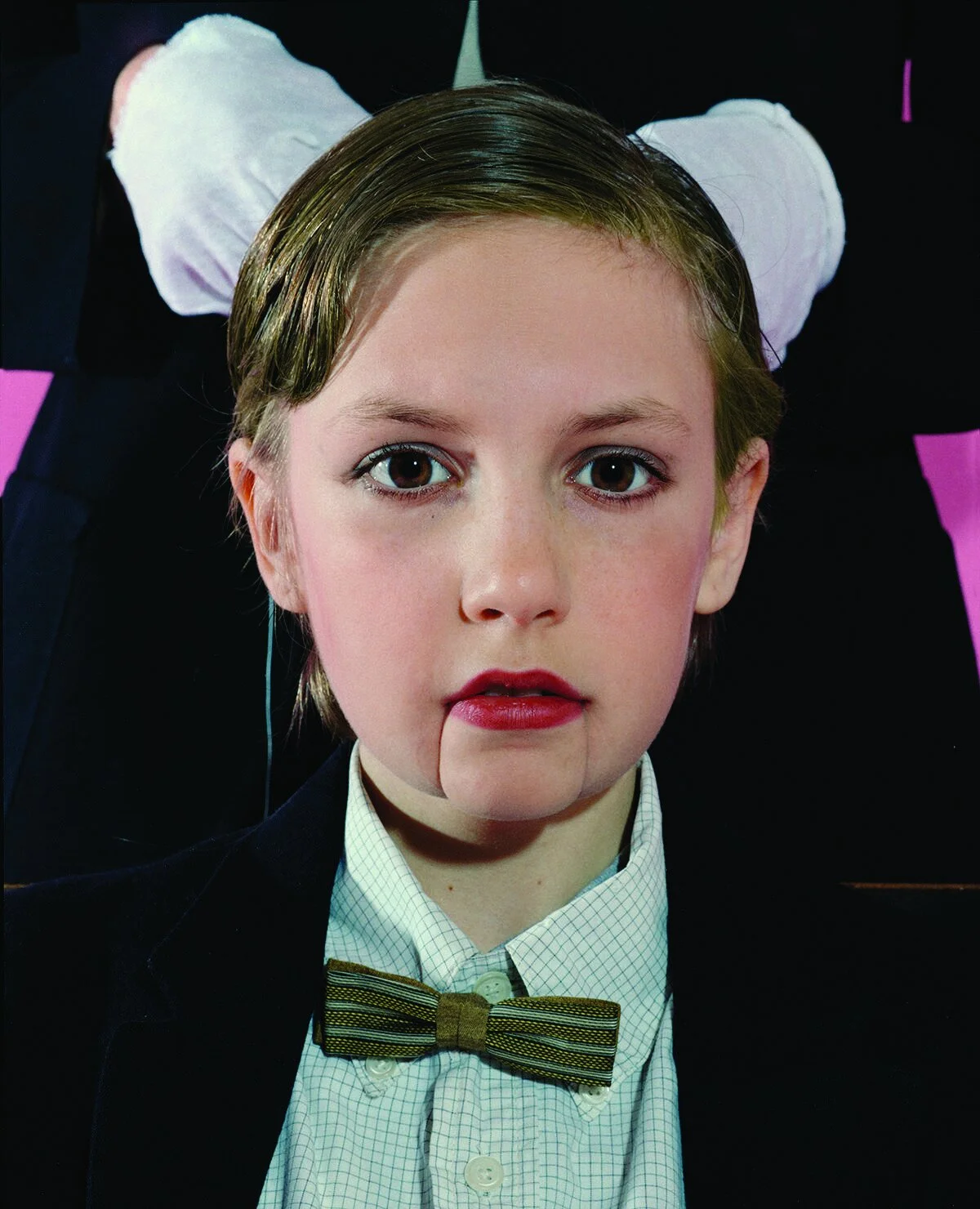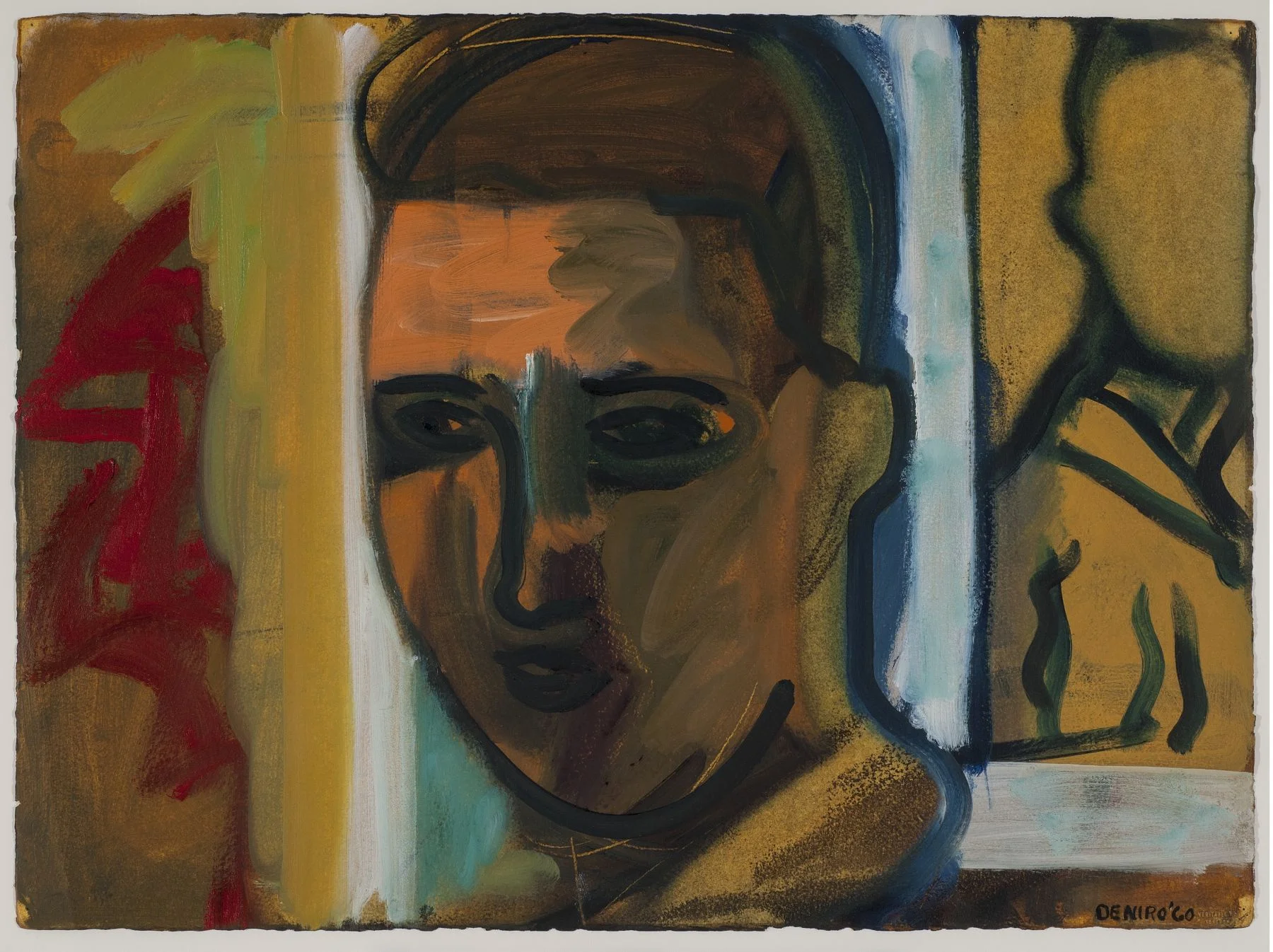John Bradford
“For the Love of Paint”
New York, 532 West 24 Street
John Bradford’s third solo exhibition with the gallery and offers the artist’s latest grand plays of style, whimsy, wit, nostalgia, and, above all, explosive slashing, dabbing, scraping, and piling up of paint itself. Bradford’s process begins with the slightest of inclinations, such as a passing memory of seeing a Watteau from across a gallery as a young artist; the light, density, the feeling of overwhelming rightness the work exuded. But as this sensation begins to take form, it is processed, relentlessly, through an almost violent, expressionist technique. The resulting work is at once direct, almost simple in its physicality but also sophisticated and side-glancing in its subtle, emotional evocation of the quiet feelings a beloved artist’s works can inspire.
When seen individually, Bradford’s unmistakable hand dominates the work. But when seen in the context of the exhibition, a subtle, stylistic sleight of hand occurs from work to work in which a Renoir-ish warm glow is felt here contrasted with a distinctly dense Courbet forest light popping out elsewhere. This juxtaposing of a direct engagement with paint set within a sophisticated nod to the modernist tradition questions what individual style and originality might mean for creating contemporary work that is powerful and authentic. In the painting Exhibition of the Refused, the dissolving of solid form into the effervescence of light and shade that is so distinctive in Impressionism becomes here the quality of the room itself, while the patrons and framed works on the walls become solid anchors holding back the violent dissolution of the space. In A Gainsborough in a House the exquisite patina of soft satin that Gainsborough captures in paint in the gowns of his grand portraits here becomes a translucent world in which the painting lives on a wall, while the representation of the Duchess, with its almost barbarically applied daubs of pigment, feels, in this context, like a three-dimensional warship billowing across a wavy sea.
A constant quality across the entirety of Bradford’s fifty years of painting has been to use subjects from other time periods and places and paint them with the urgency of an unstoppable force. This has provided him the uninhibited freedom of sentiment, memory, and formal invention he is after. For the artist, the path to forms that are compelling and contemporary lies in the re-thinking of old things anew. Cezanne said, "What art needs is to re-do Poussin over again after nature.” To Bradford, who is re-doing Stubbs after Ryder, Marsden Hartley, Poussette-Dart, and de Kooning, there is something both nostalgic and unsentimental in Cezanne’s ambition; a yearning for a permanence of form that affirms intuitive sensations, even as the values that have sustained permanence seems to be evaporating around him.
The show’s title For the Love of Paint captures the dualities inherent in the exhibition: then and now, a reverence and a playfulness, the artist’s physical style playing against the referencing of other artists. The title comes from an exclamation Bradford’s mother used all the time, "For the love of God, Johnnie, what have you done now!"






